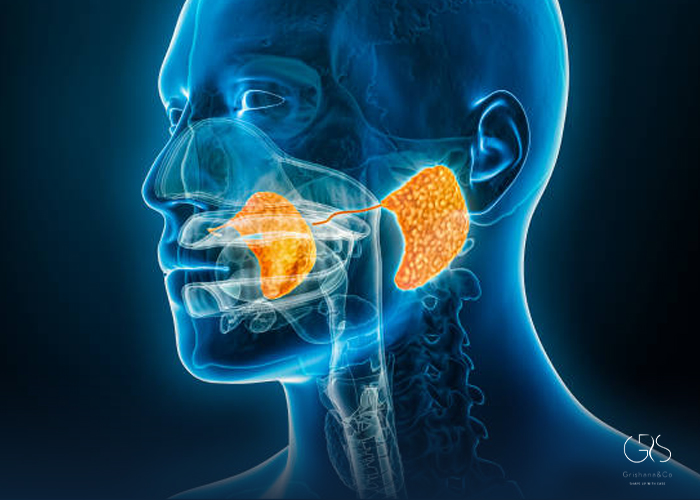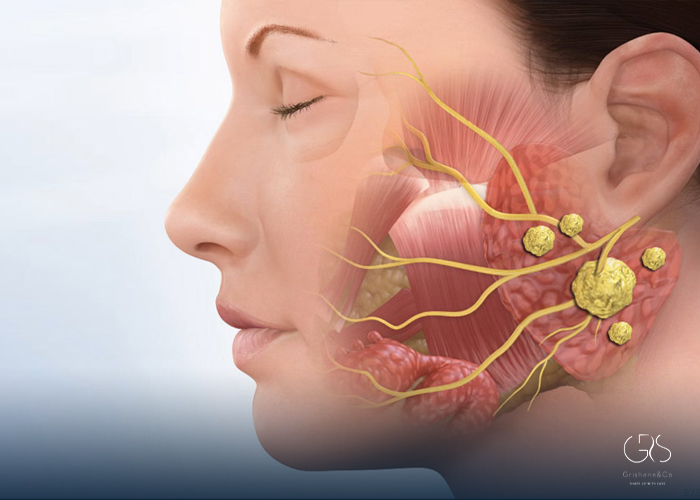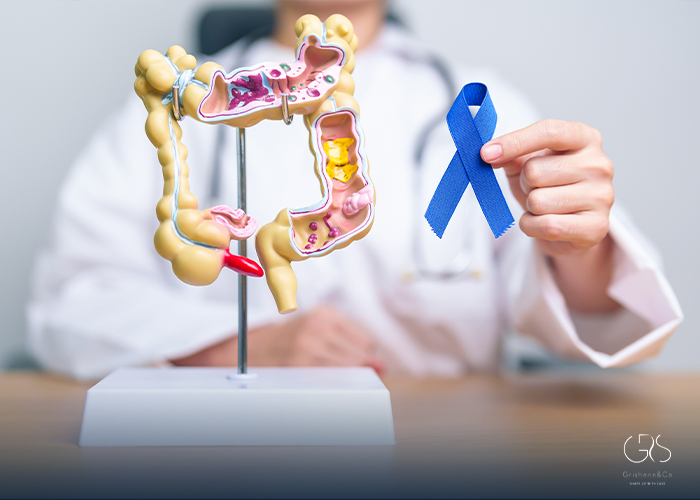Salivary stones, also known as sialoliths, are small calcified deposits that form within the salivary glands or their ducts. These stones can obstruct the flow of saliva and cause discomfort and swelling, leading to various symptoms and potential complications. In this article, we will explore the causes, symptoms, diagnosis, and treatment options for salivary stones, while considering diverse perspectives on the topic.
Statistics and Prevalence
The prevalence of salivary stones differs across various populations. According to a study published in the Journal of Oral and Maxillofacial Surgery, the overall prevalence of salivary stones is estimated to be approximately 1.2% of the general population . However, the incidence varies based on factors such as age, gender, and geographical location.
It has been observed that salivary stones occur more frequently in males than in females . Additionally, salivary stones are most commonly found in individuals between the ages of 30 and 60 .
Causes and Formation of Salivary Stones
Salivary stones develop when minerals, like calcium and phosphate, accumulate and solidify within the salivary ducts or glands. The exact cause of this mineral deposition remains unclear, but several factors predispose individuals to salivary stone formation.
Dehydration, poor oral hygiene, certain medications, abnormal salivary gland anatomy, and systemic diseases like Sjögren’s syndrome are believed to increase the risk of salivary stone formation . Moreover, dietary factors, such as decreased fluid intake, consumption of foods high in calcium, and low citrate levels in saliva, may contribute to stone formation .

Symptoms and Diagnosis
When a salivary stone obstructs the salivary duct, various symptoms may arise. These symptoms often include pain or swelling in the affected salivary gland, difficulty opening the mouth or swallowing, dry mouth, bad breath, and recurrent infections . Occasionally, individuals may notice a visible lump or feel gritty particles within the mouth.
To diagnose salivary stones, healthcare professionals typically perform a physical examination, assess medical history, and conduct imaging tests. Imaging techniques such as ultrasound, computerized tomography (CT) scans, or sialography can help visualize the location and size of the stone .

Treatment Options
The treatment of salivary stones varies depending on factors such as stone location, size, symptoms, and individual patient characteristics. In many cases, small stones can pass spontaneously without requiring intervention. However, larger or symptomatic stones necessitate medical intervention.
Treatment options may include conservative approaches such as oral hydration, warm compresses, and massage to promote stone passage. Additionally, prescription medications that increase salivary flow may be recommended. In some cases, minimally invasive procedures like extracorporeal shock wave lithotripsy (ESWL), sialendoscopy, or surgical removal may be necessary to relieve obstruction and prevent recurrent symptoms .
Diverse Perspectives and Conclusion
While salivary stones are a common condition, diverse perspectives exist regarding their prevalence, causes, and treatment options. This article emphasizes that research sources, such as studies published in professional journals, provide valuable insights into the overall prevalence and risk factors associated with salivary stones formation.
It is essential to consult with healthcare professionals to obtain an accurate diagnosis, as well as determine the most appropriate treatment plan based on individual circumstances. By considering diverse perspectives and incorporating evidence-based research, the management of salivary stones can be approached in a comprehensive manner for optimal patient care.
Sources
- U.S. National Library of Medicine, National Institutes of Health, Prevalence of salivary calculi in the general population and salivary stone composition: a retrospective study over a 15-year period
- Korean Journal of Internal Medicine, Prevalence and risk factors of salivary gland stones in a Korean population: a retrospective cohort study
- Clinical Oral Investigations, Prevalence of salivary gland dysfunction in patients with Sjögren's syndrome
- Elsevier/Nutrition Journal, Diet and salivary stone formation
- Elsevier/Clinical Imaging, Diagnostic imaging of salivary gland pathology
- Revue de Laryngologie, Diagnosis and management of salivary stones










